If you’ve ever marveled at a beautifully crafted piece of furniture or admired the intricate design of a wooden sculpture, chances are good that Meranti wood played a part in its creation.
With its unique texture, striking color, and impressive stability, Meranti wood has become a favorite among woodworkers, carpenters, and artists alike.
But what exactly is Meranti wood, and what makes it so special?
This article will give you an in-depth overview of Meranti wood, covering its types, distinct features, and various practical applications.
What Is Meranti Wood?
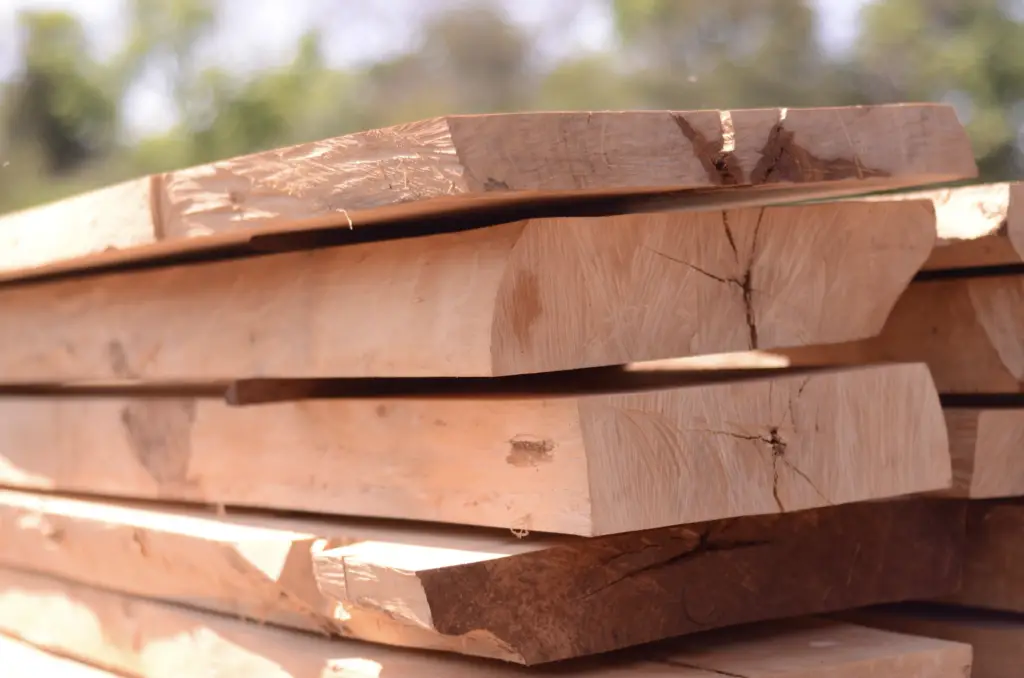
Meranti wood is a type of hardwood that is native to Southeast Asia, with a range that extends from the Philippines to Indonesia.
It is an impressive species growing to heights between 65 to 130 ft tall with a trunk diameter ranging from 3 to 6 ft. This wood has the perfect dimensions for specific project needs; its tall height is excellent for longer planks while its large trunk provides more wood for larger tasks.
Several other names, such as Seraya, Philippine Mahogany, Borneo cedar, or Lauan also known as Meranti wood. These names are used interchangeably in the woodworking industry to refer to various subspecies of Meranti wood.
Types of Meranti Wood
Meranti wood is actually made up of several different subspecies; each having certain characteristics that make it suitable for various applications.
The most popular types of Meranti wood are:
1. Dark Red Meranti
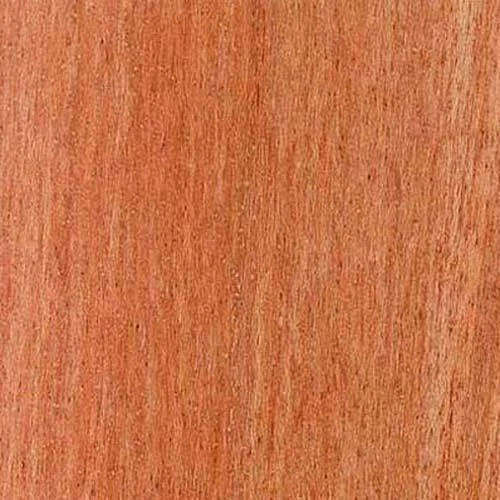
This type of Meranti wood is also known as “Red Lauan” and it is prized for its rich, deep red color. It has a coarse texture and straight to interlocked grain making it easy to work with.
Dark Red Meranti is moderately durable as pertains to rot resistance and is used for interior furniture, veneer, boatbuilding, and construction applications.
2. Light Red Meranti
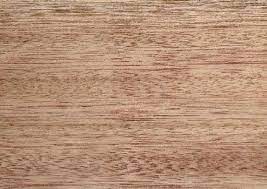
Also known as Philippine Mahogany, this type of wood has a pale straw to reddish-brown hue. It has a coarse texture and interlocked grain.
Light Red Meranti is non-durable and prone to insect attacks.
3. Yellow Meranti
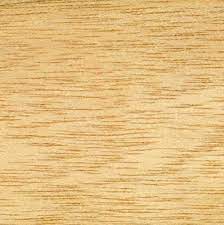
It is an incredible feat that all the record-breaking trees have been of the yellow Meranti species. The wood has a pale yellow to yellow-brown tint and is valued for its stability and workability.
With a somewhat rough surface and medium to large-sized pores, the wood grain has the tendency to be interlocked.
4. White Meranti
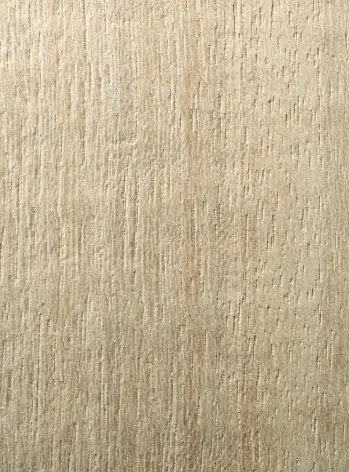
White Meranti wood, with a Janka hardness of 1050 lbf, is known for its yellowish-orange to golden-yellow brown color along with a coarse texture and sometimes interlocked grain.
It is mainly used in general construction projects & boat building.
Properties of Meranti Wood
Meranti wood is a popular choice for various woodworking projects, thanks to its unique combination of physical and mechanical properties. Here are some of the key characteristics of Meranti wood:
1. Density & Hardness
Meranti wood is a moderately dense hardwood with a density ranging from 415 to 885 kg/m3 depending on the subspecies. Its density is higher than many other popular soft hardwoods such as balsa.
Meranti wood is rated as moderately hard with a Janka hardness rating of around 800 lbf. This means it is more durable than some softer woods like pine or spruce, but not as durable as harder woods like oak or walnut.
2. Workability
Meranti wood is a great choice for any kind of woodworking project due to its ease of use with both hand and power tools.
It is easy to cut, sand, plane, glue, nail, and stain – just make sure you’re using sharp tools for best results and take extra care when machining the material so as to avoid tear-out or splintering.
3. Color
Meranti wood is highly sought-after due to its range of stunning colors and natural variations.
You can pick between dark or light hues, which can be enhanced with a finish or stain that suits your preferences. This makes this material perfect for different applications and attractive in any space.
4. Natural Variations in Color
Meranti wood may show color variations within the same piece, depending on several factors. To ensure you get the look you want, select the right type of Meranti wood for your project.
5. Enhancing the Color
Meranti wood can be finished or stained to enhance or adjust its natural color. A clear finish will protect the wood and highlight its natural color variations.
Staining can be used to adjust the color to a more desired shade or to achieve a uniform look.
6. Texture & Grain Pattern
Meranti wood has a moderately coarse texture and can be smoothed to a glossy finish. Depending on the type of Meranti, the grain pattern may appear uniform or more irregular with swirls and intertwining lines.
7. Porous End Grain
Like most types of hardwood, Meranti wood has a porous end grain. It is important to seal the end grain with a wood sealer or epoxy resin to prevent the absorption of excess moisture, which can lead to rot and decay.
8. Drying Time
It dries quickly and consistently, with moisture content reducing from 60% to 18% in just 2-3 months.
9. Resistance & Durability
Meranti wood is considered a soft hardwood. However, it is not the most durable timber available. It is not sufficiently resistant to decay and can be prone to attacks from insects.
The wood is not resistant to moisture and humidity. The softness of wood’s fiber structure makes it vulnerable to water damage, which can cause rotting and decay over time. This makes it not the best material for use in damp environments like bathrooms and kitchens.
When it comes to the durability of Meranti wood, it is crucial to consider both its suitability for indoor and outdoor applications. Here are some factors to keep in mind:
9.1 Indoor Applications
Meranti wood is a great choice for indoor applications, as it is relatively stable and not prone to warping or shrinking. With proper care, Meranti wood can last for many years indoors.
9.2 Outdoor Applications
Meranti wood can also be used for outdoor applications, but it requires more care and attention to ensure its longevity. Factors such as moisture, insect damage, and UV exposure can all affect the durability of Meranti wood when used outdoors.
To mitigate these risks, use a high-quality finish or sealant to protect the wood from moisture and UV damage.
Additionally, treating the wood can help prevent damage. Regular maintenance and inspection can also help you identify and address any issues before they become more serious.
10. Meranti Wood Price
Meranti is an excellent combination of cost & performance; although not quite as hard as some other harder woods such as Teak. It is also abundant and can be bought in large quantities, making it ideal for projects that require a lot of wood.
You can expect to pay about $3 per board foot. Compared to other popular woods like oak or maple, Meranti wood is relatively affordable.
11. Availability & Sustainability
It is widely available in most regions, especially in areas with high demand for hardwood products. However, it’s essential to consider the sustainability of Meranti wood when choosing it for your project.
Look for Meranti wood that’s certified by reputable organizations like the Forest Stewardship Council (FSC) or the Programme for the Endorsement of Forest Certification (PEFC) to ensure that it comes from responsibly managed forests.
Meranti Wood Uses
Meranti wood is frequently used in various decorative elements and internal applications such as:
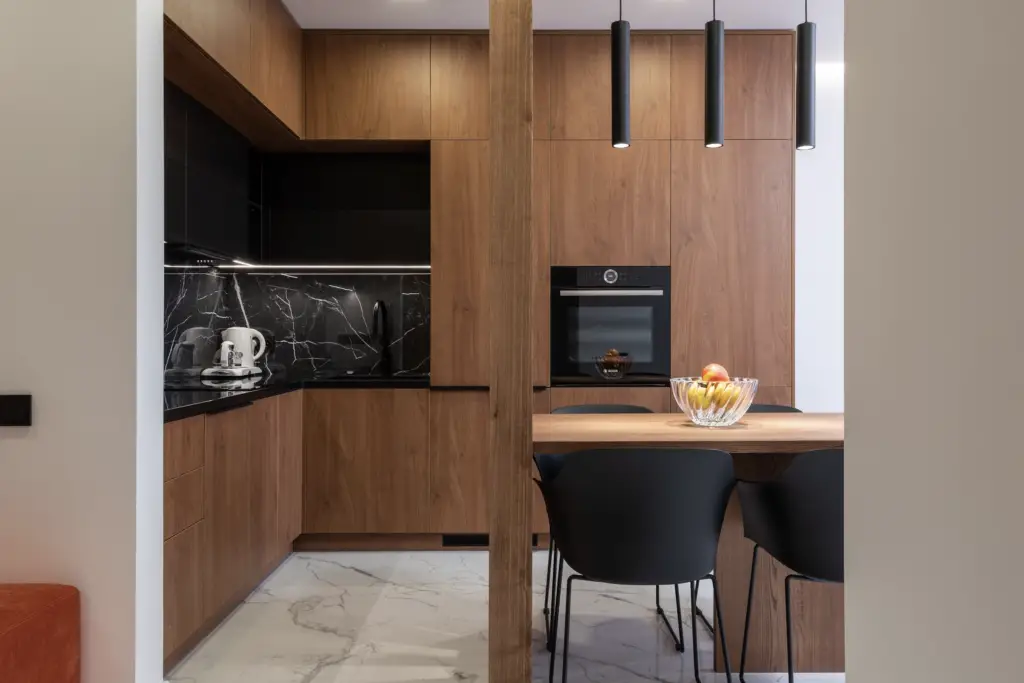
Moldings
The versatile and affordable wood species is ideal for creating intricate designs and profiles that enhance the visual appeal of any room.
Meranti wood makes an excellent choice for molding that’s expected to face varying environmental conditions as it exhibits comparatively low shrinkage in response to fluctuations in temperature and humidity.
The wood is renowned for its warm, inviting hue ranging from a light reddish-brown to a dark red. Adding to the molding’s aesthetic value, the wood has a straight grain that may occasionally feature interlocking patterns.
Architraves & Skirting
Architraves and skirting boards are necessary components when designing an interior. Meranti wood is a commonly chosen material for them since it’s durable, stylish, and reasonably priced. These features make it perfect for creating the desired look and serving both practical and aesthetic purposes.
The wood’s fine and uniform grain patterns make it an attractive option for architraves and skirting boards, especially when finished with a clear coat or stain.
The wood can be carved to create intricate designs or simply used as a simple, clean trim.
Cabinetry
Meranti wood is an ideal material for cabinetry solutions as it’s both affordable and flexible. Additionally, it offers a variety of colors and textures so it is easy to match any desired design style.
It can be stained or painted to match any decor style. It also has a natural beauty that can be enhanced with a clear finish. This makes it a versatile option for any cabinetry project, whether you want a classic or modern look.
In addition to that, the wood is easy to work with – which is important when creating custom cabinetry. It can be cut, drilled, and sanded with ease, allowing for intricate designs and details.
Newel Posts
Newel posts are a prominent element in staircases, providing structural support and aesthetic appeal.
Meranti wood is an excellent choice for beautiful, decorative newel posts as it can be worked easily into intricately-shaped designs.
It can be easily shaped and carved into any desired design, perfect for adding eye-catching detail to any space.
Furniture
Meranti is best used in furniture construction as a structural frame base beneath foam and upholstery.
Plywood
Meranti wood is an excellent choice for plywood manufacturing. It goes through many processes and treatments which enhance its structural stability as well as make it more durable.
Plywood gotten from Meranti wood is therefore stronger and more moisture resistant.
Boat Building
Boat builders often use lighter hardwoods like Meranti in their projects to reduce the overall weight of the boat; giving them greater control over the design and performance of the vessel.
The lighter weight of Meranti wood makes it easier to work with and also helps to improve the operation of the boat.
Advantages of Meranti Wood
Disadvantages of Meranti Wood
Is Meranti Wood Good For Outdoor Use?
Proper finishing and maintenance are crucial for the long-term durability of Meranti wood products in outdoor environments. Applying a sealer or finisher can provide protection against the elements and extend the life of the wood.
Meranti wood can benefit from the use of a sealer or finisher which gives it protection against moisture, humidity, UV rays, and other elements found in external settings. Additionally, these treatments also make it more resistant to temperature and weather changes.
Regular maintenance such as cleaning, resealing, and refinishing as needed can help to maintain the integrity of the wood and prevent issues such as splitting, warping, or decay. This includes inspecting the wood regularly for any signs of damage or wear and addressing issues promptly before they become worse.
Also, note that some Meranti wood types may be better suited for outdoor use than others. For example, dark red Meranti is moderately durable, while light red Meranti may be more susceptible to weathering and decay because it is not durable.
Key Takeaways
Throughout this article, we have explored the properties, advantages, disadvantages, and various applications of Meranti wood. Here are some of the key takeaways:
- Meranti wood is a versatile choice for many indoor applications, such as flooring, furniture, molding, and cabinetry
- The wood is not naturally resistant to outdoor elements and requires proper finishing and maintenance for outdoor use
- Meranti wood can be more affordable than other popular hardwoods
- For those concerned with the environmental impact of their wood products, look for Meranti wood that is certified by organizations such as FSC or PEFC to ensure sustainability.
